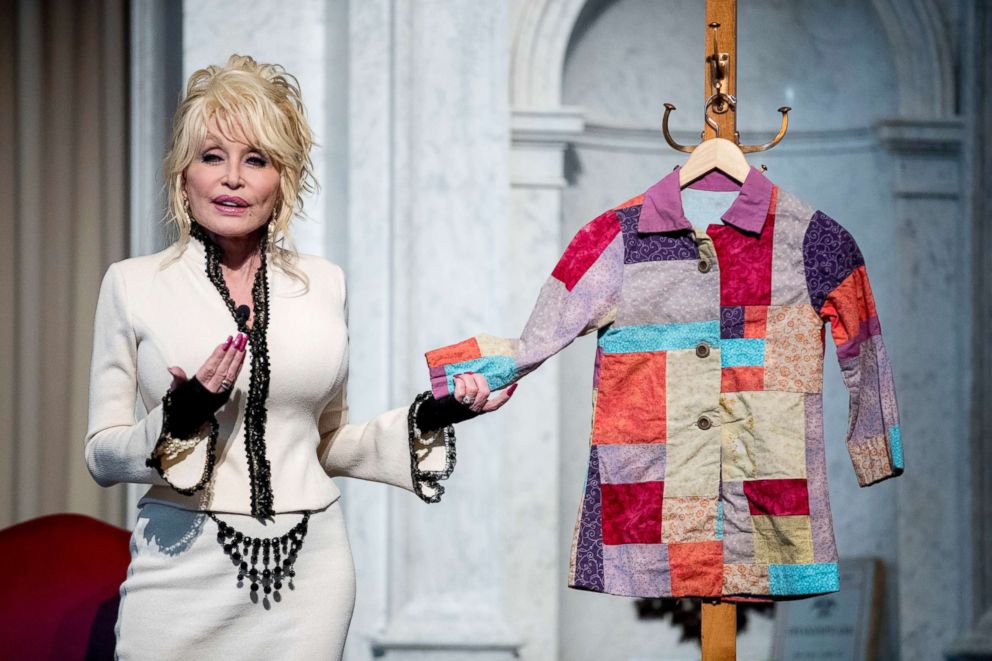Few songs capture the soul of country music quite like Dolly Parton’s “Coat of Many Colors.” Released in 1971, the song remains one of the most heartfelt and enduring pieces in her legendary career — a tender reflection on childhood, family, and finding pride in humble beginnings.

Inspired by a true story from Parton’s youth in rural Tennessee, the song tells of how her mother sewed her a coat from a box of donated rags. Though poor in money, Dolly’s family was rich in love — and the coat became a symbol of that love, stitched together with care and faith. When her classmates laughed at her patched-up jacket, she proudly declared it a “coat of many colors,” much like the one worn by Joseph in the Bible.

What makes the song timeless isn’t just its melody or its storytelling, but its message: self-worth isn’t measured in wealth, but in love and pride. Dolly’s gentle voice turns the simple memory into something universal — a reminder that even the poorest circumstances can hold beauty, dignity, and grace.
Over the decades, “Coat of Many Colors” has become more than a song; it’s a cultural touchstone. It’s been covered by artists across generations, inspired a TV movie, and continues to resonate with fans around the world. For Dolly, it remains one of her most personal creations — a musical love letter to her mother and the values that shaped her life.

In a genre built on storytelling, “Coat of Many Colors” stands as one of the purest tales ever told — a song that teaches that love, when stitched together with faith, can turn even the humblest rags into something radiant.





